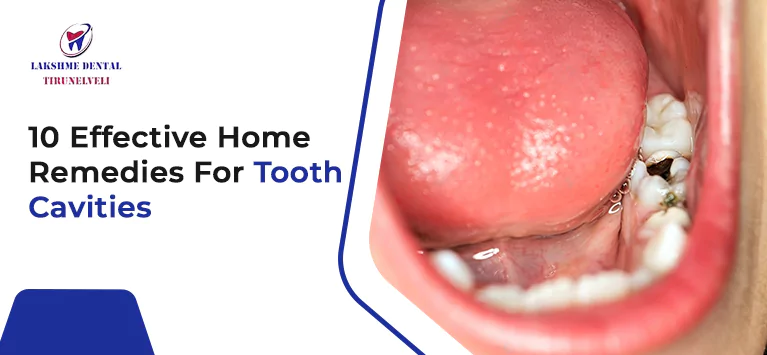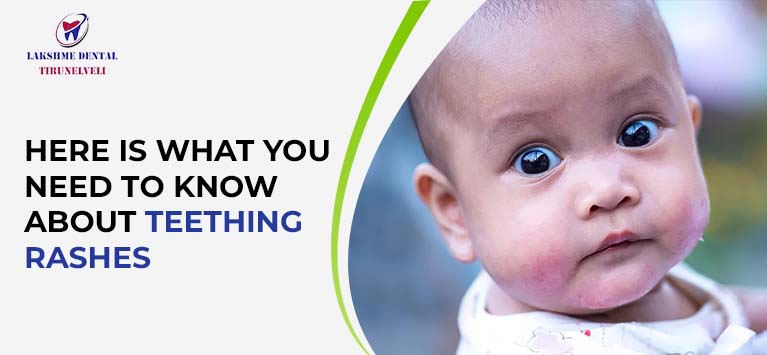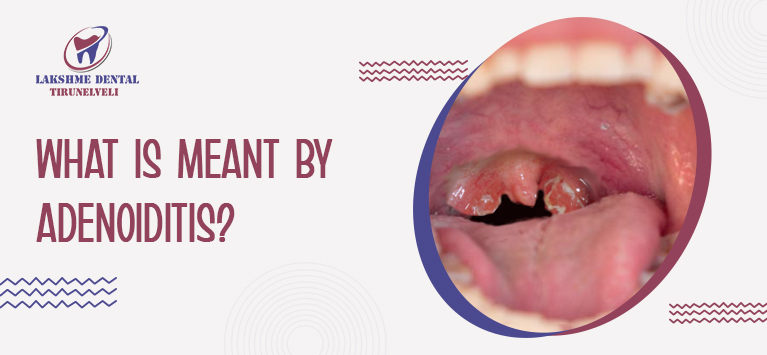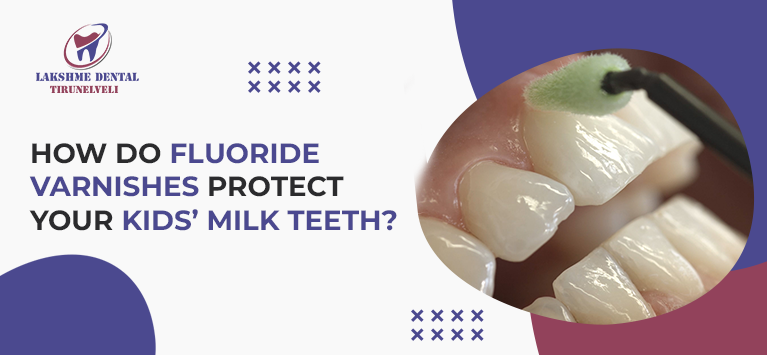
The Oral Signs of Child Abuse and Neglect
Children may experience a variety of kinds of abuse that manifests in their mouth. This maltreatment of children grows into a major health and social problem. According to the American Academy of Pediatric Dentistry report, the children who are maltreated frequently get infections and wounds in and around the mouth.
What are child abuse and neglect?
Child abuse occurs when an adult or another child intentionally harms a child. It can be physical, sexual, or mental and may happen in person or online. Based on the situation, this might be over a period of time or just a one-off action. It can often be a clear sign of injuries to the child’s face, head, or neck. Injuries or wounds to the orofacial area include the face’s skin, bones, and oral cavity. Neglect can also mean the absence of love, care, and attention.
How Oral Health Can Identify Child Abuse?
Dentists and other health professionals are responsible for disclosing any indications or signs of their patient’s mistreatment. Dentists are required to report a few different types of signs and symptoms of abuse.
1. Physical abuse
When a child is purposefully hurt physically or put in danger by another person, it is considered physical abuse.
Signs
Children who have been abused frequently have damage to their lips, jaws, jawbone, and teeth. Burns from thermal, chemical, and electrical sources, as are wounds and scrapes, are frequent.
Injuries to the tongue, soft and hard palates, mouth floor, and oral mucosa are additional symptoms. When teeth become injured, displacement, fracture, and teeth that have been struck out are common consequences.
2. Sexual abuse
Any sexual activity with children is considered child sexual abuse. This may involve intercourse, oral-genital contact, and intentional sexual touching. This can also include non-contact sexual abuse of children, such as exposing them to pornography or sexual behavior, observing or sexually filming them, and sexually harassing them.
Signs
Sexually abusing children frequently results in perioral and oral gonorrhea.
3. Emotional abuse
Abusing a child’s mental health or self-esteem is called emotional abuse. It also includes isolating, ignoring, or refusing a child in addition to verbal and emotional abuse, such as persistently belittling or berating a child.
Signs
Emotional abuse has no visible symptoms, and it is also more difficult to spot its symptoms.
However, observing specific behaviors can help identify the possibility of abuse. Examples include a strong fear of making mistakes, aversion to social interaction, and overall anxiety.
4. Medical abuse
When someone provides false information about the child’s illness that requires medical attention, putting the child at risk for harm and requiring unnecessary medical care, this is known as medical abuse.
5. Neglect
A child is neglected when they are not given enough food, clothing, shelter, supervision, love, attention, education, dental and medical care.
Signs
The condition of a child’s clothing or appearance is another common indicator of neglect. Other common conditions are poor nutrition, untreated medical problems, and poor oral hygiene.
Oral signs of child abuse
- Bruises on the soft tissue inside the mouth, lips, gums, tongue,and teeth.
- Scalding liquid burns, blisters, teeth, facial, or mandible bone breaks, scars, or blackened teeth from previous wounds.
- Bruising or scarring at the corners of the mouth, skin irritation.
- Injuries to the back of the throat.
- Infections and injuries caused by forced oral sexual activity, such as sores or rashes brought on by sexually transmitted infections, tears, and other indications of trauma in the mouth.
- Bite marks left inside a child’s mouth from their teeth may occur from physical or sexual abuse.
Bottom line
Child abuse occur when a child experiences the harm or neglect. In most cases, children are abused by someone they know and trust. The abuser may often be a parent or other relative.
If you have any suspicions of child abuse, contact the appropriate officials immediately to report the abuse.

















